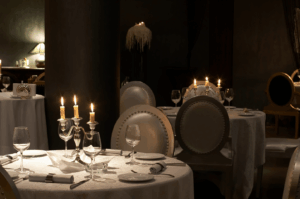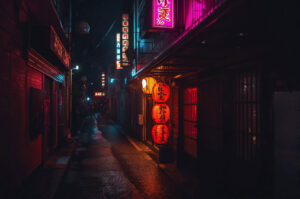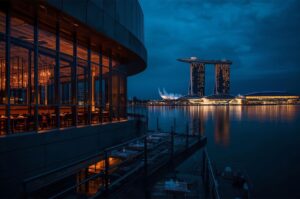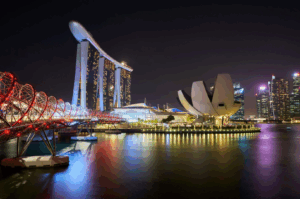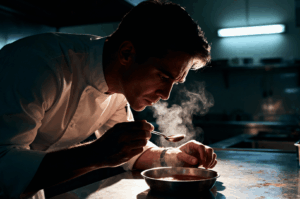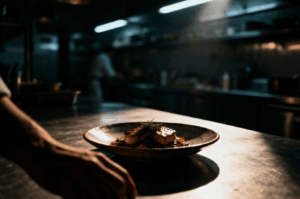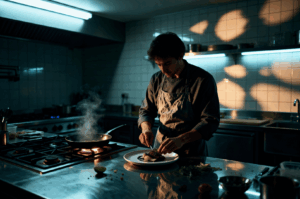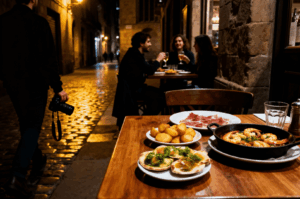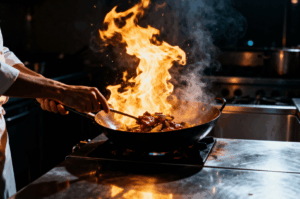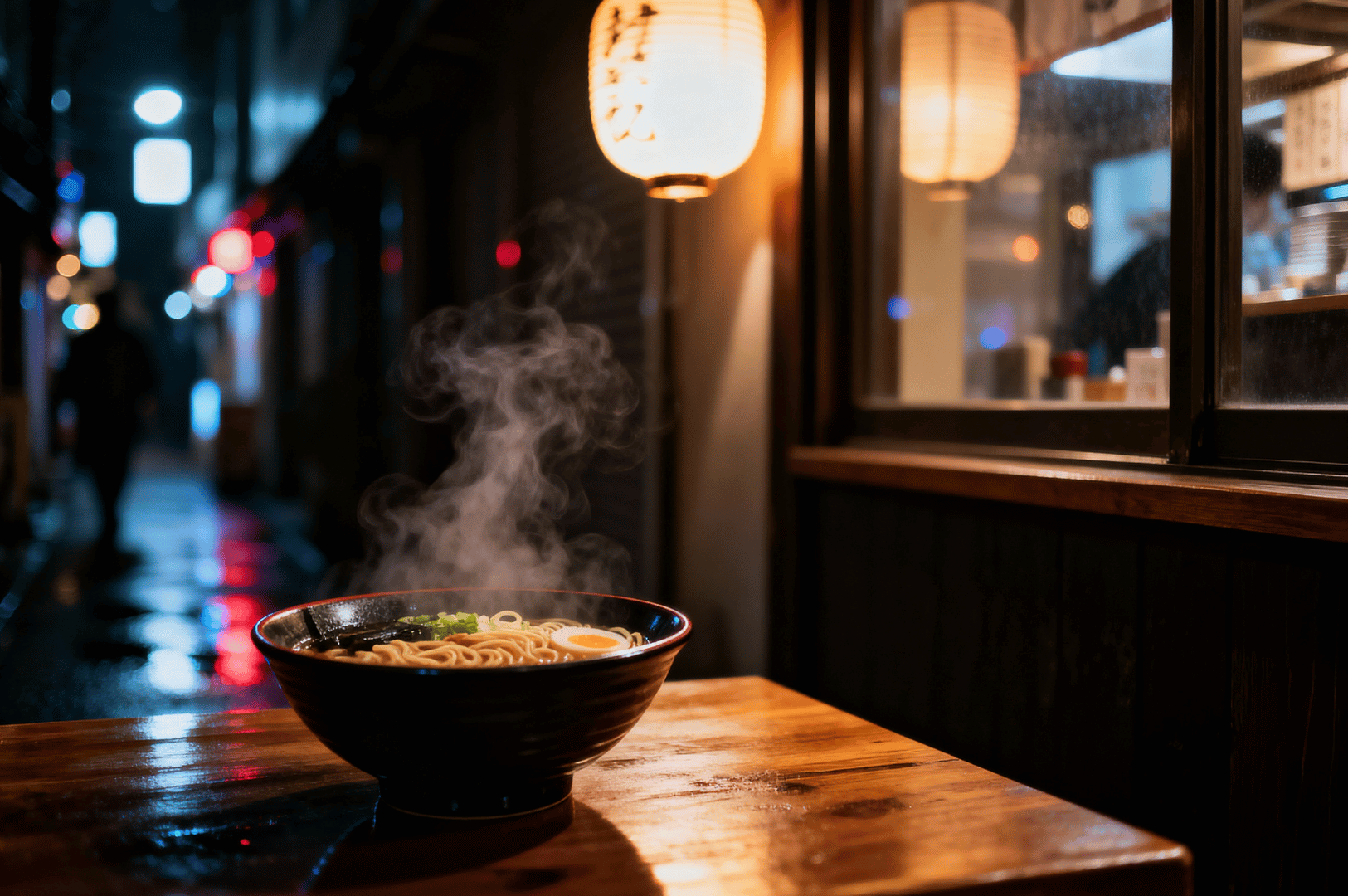
There's a certain magic to shooting food after the sun goes down. Whether it’s a steaming bowl of ramen in a dimly lit Tokyo alley or a decadent dessert under the soft glow of a restaurant’s pendant lights, these scenes have a moodiness that daylight often lacks. But as a photographer who spends a lot of time chasing flavors after dark, I know the challenges all too well. My earliest attempts at night food photography were a disaster of harsh, dark shadows, strange color casts, and food that looked anything but appetizing.
Controlling Shadows for Natural Depth
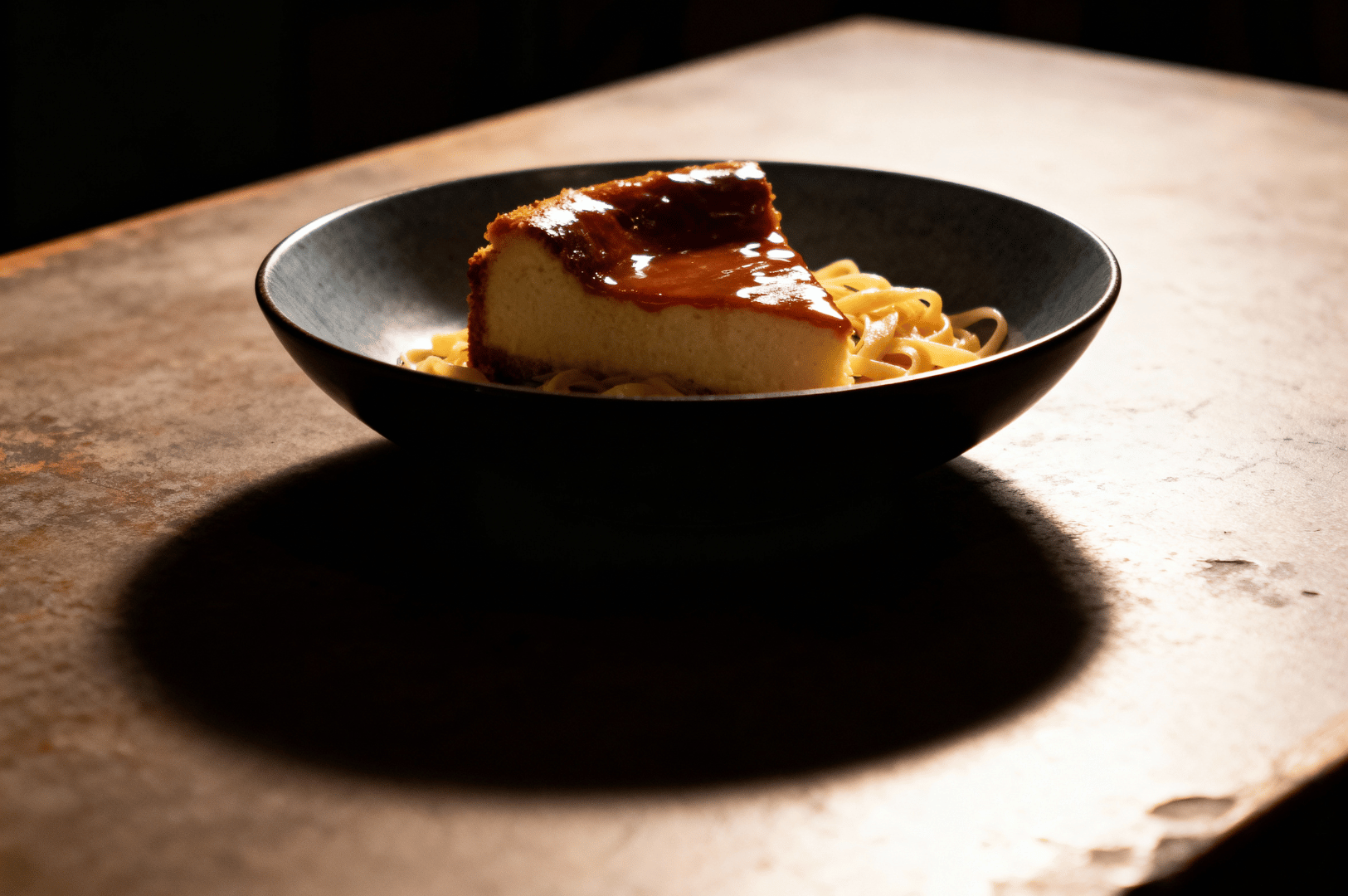
Shadows are not the enemy. In fact, they are essential for creating depth, texture, and dimension in your food photography. The problem with most on-camera flashes or a single overhead light is that they either eliminate shadows entirely, creating a flat image, or they produce distracting dark shadows that draw attention away from the food. The key to effective food photography lighting is to create soft, intentional shadows that look natural.
Side Lighting is Your Best Friend
Think about how natural light works. It usually comes from one primary source, like a window. To replicate this with artificial lighting for food, your best bet is to position your light source to the side of your dish, slightly behind it. This technique, often called side light, creates gentle shadows that cascade across the food, highlighting its texture. You can see the crispiness of fried chicken or the delicate crumb of a cake when the light is coming from the right direction.
Using a Reflector or Bounce Card
Once you have your main light source, you’ll notice that one side of the dish is beautifully illuminated while the other might have deeper shadows. This is where a simple white reflector comes in. By placing it opposite your light source, you can bounce some of that light back into the shadows, softening them without eliminating them completely. This is one of the most effective tips for food photographers aiming for balanced, beautiful images.
Matching Color Temperature to the Environment
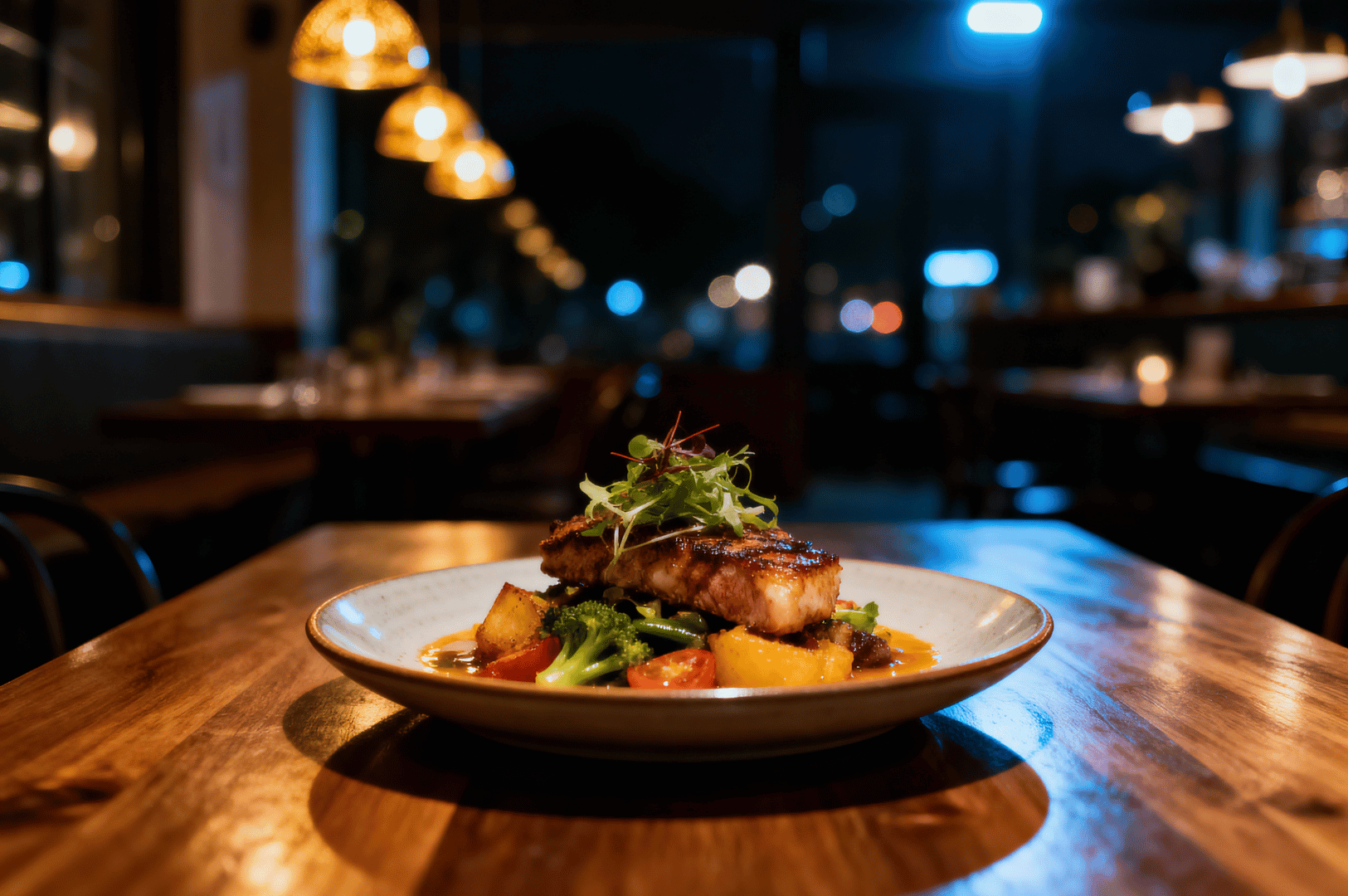
Have you ever taken a photo in a restaurant and had it turn out weirdly yellow or orange? That’s because of color temperature. Different light sources have different colors. A camera’s auto white balance tries its best to correct this, but it often gets confused. For good light, you need to take control.
The goal with artificial lighting for food photography is to create a setup that either matches the ambient light or overpowers it completely. If you’re in a cozy, warm-toned room, setting your continuous light to a warmer temperature will help it blend in. If you want a clean, neutral look, setting your LED light and camera to a daylight temperature (around 5600K) and using enough power to make it the only light that matters will give you accurate colors. Mismatched color temperatures are a dead giveaway of an artificial light source, so getting this right is crucial.
Using Diffusion for Softer Light
The size of your light source relative to your subject determines the hardness of the light. A small light source creates hard, sharp-edged shadows. A large light source creates soft, diffused light with gentle, wrapping shadows. To make your food look its best, you almost always want soft light, similar to the quality of light from a window on an overcast day.
So, how do you make your small portable light act like a big one? Diffusion. You don’t need a massive studio softbox. A small, collapsible softbox that fits over your flash or LED panel can make a world of difference. Even in a pinch, you can use a white napkin or a sheer piece of fabric held in front of your light to soften its output. The goal is to spread the light out, creating a larger, more flattering source to create beautiful images.
Portable Lighting Solutions for Mobile Photographers
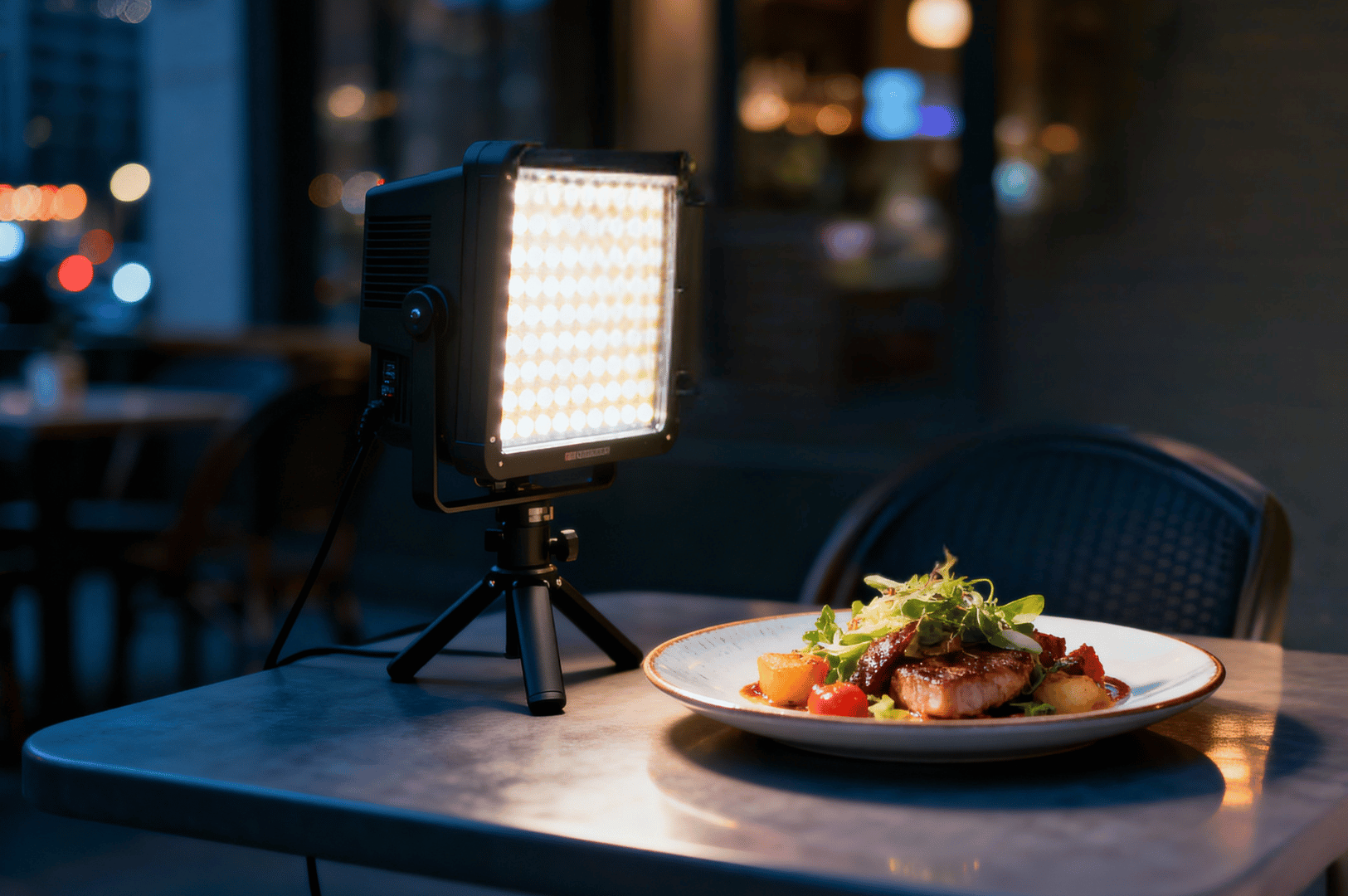
My camera bag for a night shoot is surprisingly light. You don’t need a ton of equipment to create great photos. My go-to set up consists of one or two small, portable light panels on a light stand.
These LED light panels are fantastic because:
- They are a continuous light source: Unlike a flash, you can see exactly how the light is falling on your food as you adjust the position and brightness. This makes learning and getting the right lighting much faster.
- They have adjustable brightness and color temperature: This gives you complete control to match the ambient light or create a specific mood.
- They are battery-powered: You’re not tethered to a wall outlet, giving you the freedom to shoot in different places.
When choosing a portable light, look for one with a high Color Rendering Index (CRI) of 95 or above. This ensures that the light will render the colors of your food accurately, which is non-negotiable for high-quality food photos.
Make the Lighting Invisible
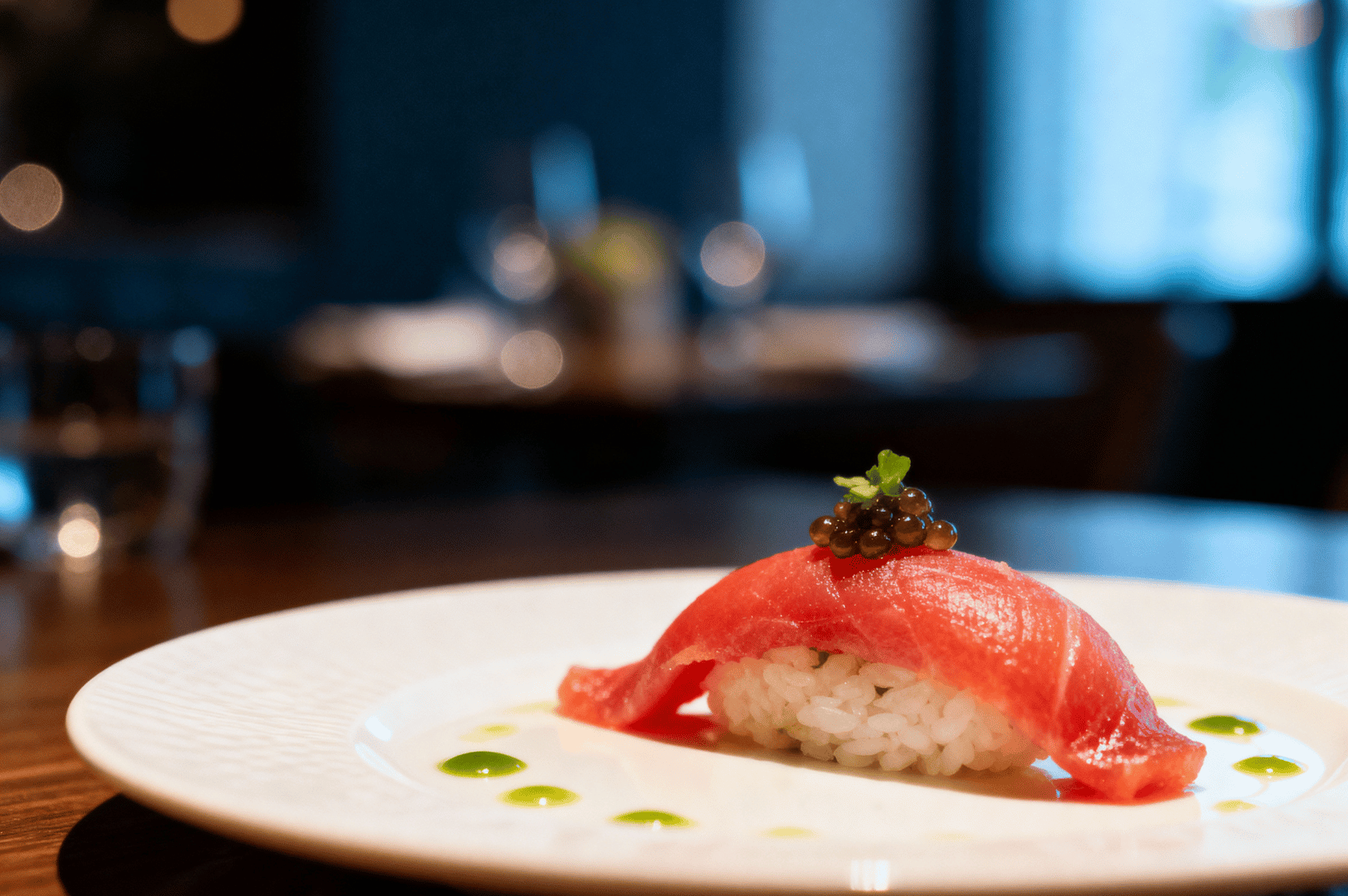
Ultimately, the best lighting for food photography is the kind you don’t notice. Your artificial light source shouldn't scream, "I used a flash for this!" It should whisper, "This dish is the star." Your job as a food photographer is to guide the viewer’s eye, to highlight the textures and colors, and to evoke a sense of taste and place.
By controlling your shadows, matching your color temperature, and diffusing your light, you can move beyond simply documenting a meal. You can start telling a story. With the right set up, you can capture food photos that feel as warm, inviting, and delicious as the food itself, no matter how dark it is outside or what the weather is doing. I hope these tips help you create your own beautiful images.
To keep improving your craft, explore day vs night food photography techniques or dive into my low-light photography guide.
Michelin Guide SG: The Complete Guide to Documenting Culinary Excellence and Cultural Memory
Sarah Teh | December 10, 2025
In Singapore’s michelin starred restaurants, moments of cultural memory unfold alongside fine dining. The michelin guide singapore is more than a ranking; it maps spaces where tradition, mastery, and aesthetics converge into experiences that exist briefly before becoming memory. Singapore stands out as a notable gastronomic destination in the Asia-Pacific region and the country’s culinary…
Tokyo Photography: A Guide to Izakaya and City Lights After Dark
Sarah Teh | December 10, 2025
The rain stops, but the streets of Shinjuku still gleam. Reflections of a thousand neon signs shimmer on the wet asphalt, painting the world in electric blue and vibrant pink. For a photographer, Tokyo at night is an endless playground. Nestled within this cinematic landscape, down a narrow alley and behind humble doorways, are the…
Night Photography Portfolio: Singapore’s Most Photogenic Fusion Restaurants
Sarah Teh | December 8, 2025
As the tropical sun dips below the horizon and the Lion City transforms into a glittering metropolis of neon and steel, savvy photographers know they’re about to witness the city at its most visually rich. Nowhere does this beauty come alive more than in Singapore’s growing scene of fusion restaurants, where each establishment is a…
Best Restaurant Singapore: A Complete Guide to the Lion City’s Top Dining Destinations
Sarah Teh | December 3, 2025
Singapore is a global food capital where hawker stalls and Michelin-starred restaurants coexist, reflecting the island’s rich multicultural heritage. The city offers a vibrant culinary scene, from traditional dishes steeped in history to innovative fine dining that pushes creative boundaries. Whether you’re a local or a traveler, this guide will help you discover the best…
Best Dining Experiences in Singapore: The Coolest Restaurants Right Now – Scene, Substance, and Stories Behind the Plates
Sarah Teh | November 26, 2025
What makes a restaurant truly cool in Singapore? It’s more than hype-it’s about story, substance, and scene coming together. Singapore stands out as one of the top cities for diverse and affordable dining experiences, thanks to its vibrant food scene and dynamic neighborhoods. The city’s coolest restaurants offer a unique dining experience where every detail-from…
The Art of Waiting: Chef Portraits Photography
Sarah Teh | November 19, 2025
The kitchen closes. The last server clocks out, and the dining room succumbs to a deep, restful silence. As a photographer who specializes in capturing culinary scenes after dark, I’ve learned that the most profound moments don’t happen during the frantic pace of service. They unfold in the quiet hours that follow, when a chef…
Shadow Play: Using Contrast for Dramatic Food Photography
Sarah Teh | November 12, 2025
Most food photographers chase the light. They seek bright, airy scenes with soft, even illumination to make food look fresh and appealing. But after the sun goes down, or on a dark and moody day, a different kind of magic emerges. I’ve learned to stop chasing bright light and start embracing the darkness. The secret…
Midnight Food Photography: The Secret Life of Restaurant Kitchens After Closing
Sarah Teh | November 5, 2025
The final customer has paid their bill and walked out into the night. The clatter of dishes fades, the front doors are locked, and a deep quiet settles over the restaurant. For most, this is the end of the day. For me, this is when the real work begins. My type of photography isn’t about…
Midnight Tapas: Barcelona’s Hidden Late-Hour Street Food Culinary Gems
Sarah Teh | October 29, 2025
The city of Barcelona breathes differently after midnight. The relentless energy of La Rambla softens to a murmur, and the ancient lanes of the Gothic Quarter trade crowds for shadows. This is when the true life of the city reveals itself, not in grand pronouncements, but in the clinking of a glass and the shared…
Flame Photography Techniques: Light Painting with Kitchen Flames – A Midnight Photographer’s Technical Guide
Sarah Teh | October 22, 2025
There is a raw, untamed energy in a kitchen at full tilt. For those of us who practice food photography, the most captivating element is often the most dangerous: fire. A burst of flame from a wok or the steady burn of candles on a dining table is more than just part of the cooking…
